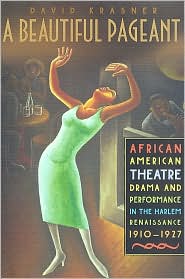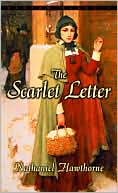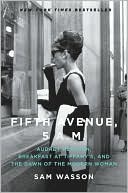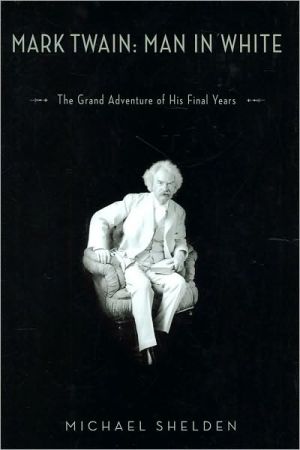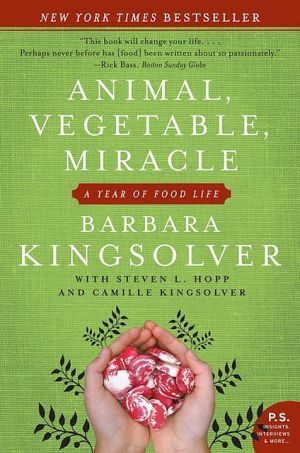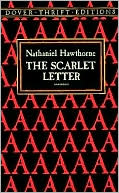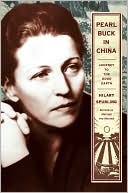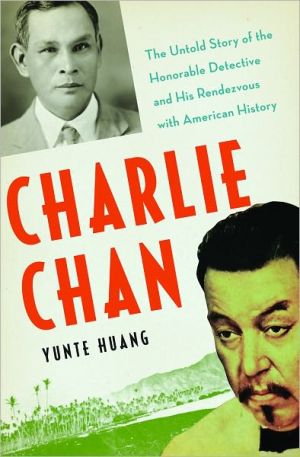A Beautiful Pageant
The Harlem Renaissance, from 1910 to 1927, was the time when Harlem came alive with theater, drama, sports, dance, and politics. Looking at events as diverse as the prizefight between Jack Johnson and Jim “White Hope” Jeffries, the choreography of Aida Walker and Ethel Waters, the writing of Zora Neale Hurston and the musicals of the period, Krasner paints a vibrant portrait of those years. This was the time when the residents of northern Manhattan were leading their downtown counterparts at...
Search in google:
A history of the performances and entertainments that fueled the Harlem Renaissance.Publishers WeeklyThis densely detailed, consistently readable account of the Harlem Renaissance focuses on the poets and novelists and "performance" in general, which for Krasner includes "any live act (not film) created for a public audience." After looking with fresh intensity at sport, dance, pageantry and parade as theater, Krasner (who directs Yale's undergraduate theater studies program) turns to more conventional but little-known dramas, including Angelina Weld Grimk 's Rachel and Zora Neale Hurston's Color Struck, along with plays by Georgia Douglas Johnson and Willis Richardson. The book concludes with a section on the events of the late 1910s to 1927 a span encompassing Marcus Garvey's historic parade, a reconsideration of Charles Gilpin's performance in Emperor Jones, an account of the rise of the Black Little Theater Movement and a treatment of the musical Shuffle Along, with a "focus on librettos, performers and audiences rather than music per se." Krasner takes readers to the scene of the performance, giving, for example, a scene-by-scene rendition of DuBois's pageant, The Star of Ethiopia, "the first mass assembly of black people for the purpose of self-determination and cultural pride." Succinct and neatly incorporated background sketches (e.g., the pageant movement and the Mammy figure), along with intelligible and accessible references to theorists (e.g., Alain Locke and Walter Benjamin), enrich the finer details. Krasner's aim is far broader than a period history of theater; he deftly concentrates on "specific events in order to sketch a larger picture" and alter people's way of thinking about the Harlem Renaissance. Photos. (Oct. 11) Forecast: Students of theater and Af-Am studies will be especially drawn to and stimulated by this book; it will undoubtedly become a supplementary or even central text in some theater courses. Copyright 2002 Cahners Business Information.
AcknowledgementsxiChapter 1African American Performance in the Harlem Renaissance1Part I1910-1918Chapter 2Men in Black and White: Race and Masculinity in the Heavyweight Title Fight of 191017Chapter 3Exoticism, Dance, and Racial Myths: Modern Dance and the Class Divide in the Choreography of Aida Overton Walker and Ethel Waters55Chapter 4"The Pageant Is the Thing": Black Nationalism and The Star of Ethiopia81Part IIBlack DramaChapter 5Walter Benjamin and the Lynching Play: Mourning and Allegory in Angelina Weld Grimke's Rachel97Chapter 6Migration, Fragmentation, and Identity: Zora Neale Hurston's Color Struck and the Geography of the Harlem Renaissance113Chapter 7The Wages of Culture: Alain Locke and the Folk Dramas of Georgia Douglas Johnson and Willis Richardson131Part III1918-1927Chapter 8"In the Whirlwind and the Storm": Marcus Garvey and the Performance of Black Nationalism167Chapter 9Whose Role Is It, Anyway?: Charles Gilpin and the Harlem Renaissance189Chapter 10"What Constitutes a Race Drama and How May We Know It When We Find It?": The Little Theatre Movement and the Black Public Sphere207Chapter 11Shuffle Along and the Quest for Nostalgia: Black Musicals of the 1920s239Chapter 12Conclusion: The End of "Butter Side Up"289Notes293Index357
\ Publishers WeeklyThis densely detailed, consistently readable account of the Harlem Renaissance focuses on the poets and novelists and "performance" in general, which for Krasner includes "any live act (not film) created for a public audience." After looking with fresh intensity at sport, dance, pageantry and parade as theater, Krasner (who directs Yale's undergraduate theater studies program) turns to more conventional but little-known dramas, including Angelina Weld Grimk 's Rachel and Zora Neale Hurston's Color Struck, along with plays by Georgia Douglas Johnson and Willis Richardson. The book concludes with a section on the events of the late 1910s to 1927 a span encompassing Marcus Garvey's historic parade, a reconsideration of Charles Gilpin's performance in Emperor Jones, an account of the rise of the Black Little Theater Movement and a treatment of the musical Shuffle Along, with a "focus on librettos, performers and audiences rather than music per se." Krasner takes readers to the scene of the performance, giving, for example, a scene-by-scene rendition of DuBois's pageant, The Star of Ethiopia, "the first mass assembly of black people for the purpose of self-determination and cultural pride." Succinct and neatly incorporated background sketches (e.g., the pageant movement and the Mammy figure), along with intelligible and accessible references to theorists (e.g., Alain Locke and Walter Benjamin), enrich the finer details. Krasner's aim is far broader than a period history of theater; he deftly concentrates on "specific events in order to sketch a larger picture" and alter people's way of thinking about the Harlem Renaissance. Photos. (Oct. 11) Forecast: Students of theater and Af-Am studies will be especially drawn to and stimulated by this book; it will undoubtedly become a supplementary or even central text in some theater courses. Copyright 2002 Cahners Business Information.\ \ \ \ \ Library JournalThis examination of black nationalism in the theater focuses on lesser-known performers and works, like choreographer Aida Overton Walker and the pageant The Star of Ethiopia. Krasner paints a lively picture of the era, citing such choice events as Jack Johnson's prizefight and Shuffle Along, the most popular musical of the time. (LJ 10/1/02) Copyright 2002 Cahners Business Information.\ \
